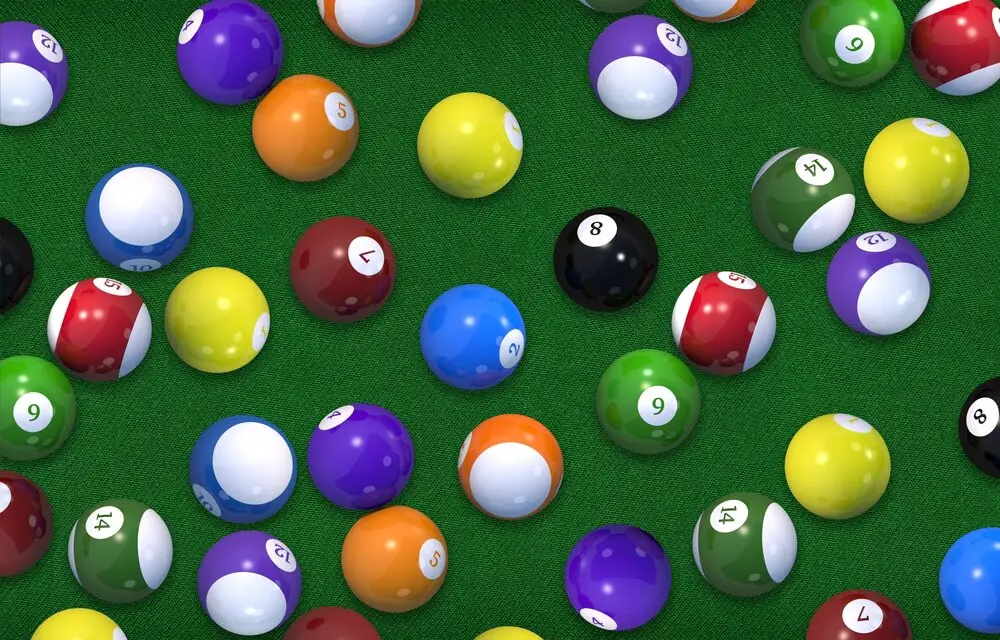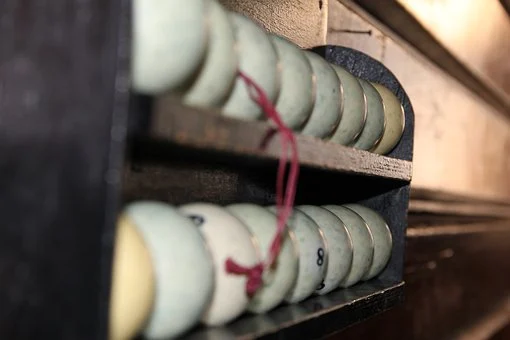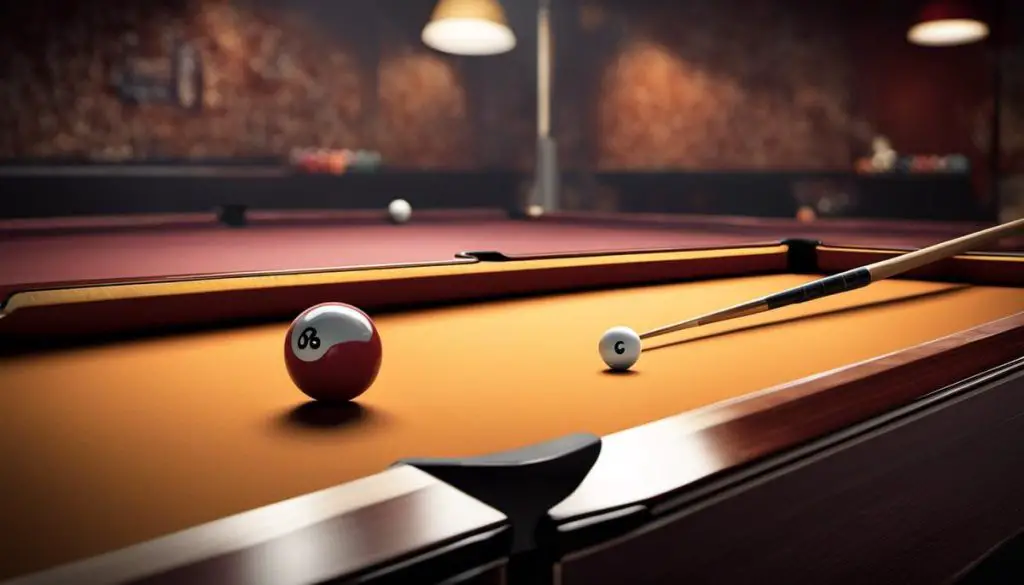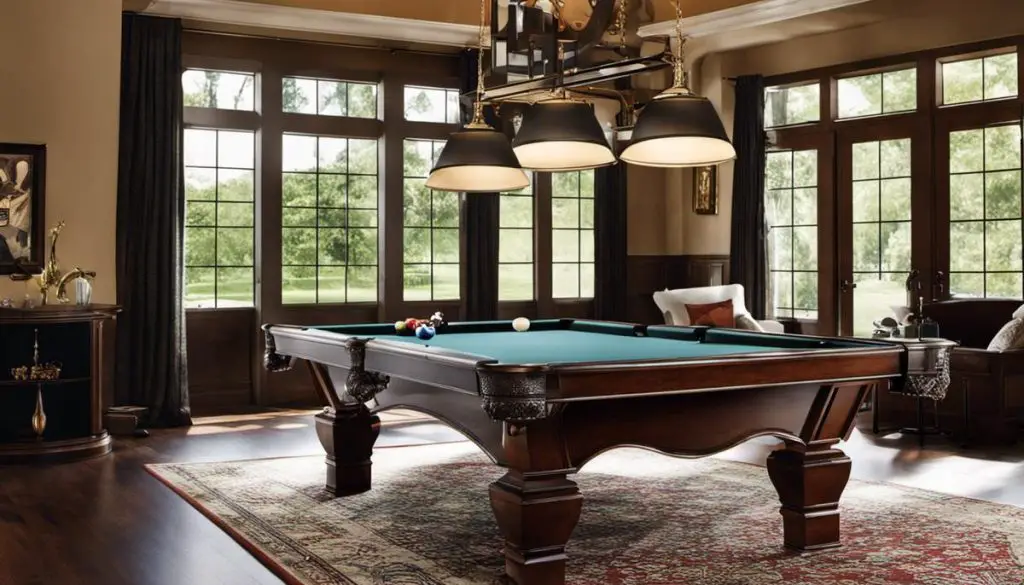You may have heard friends talk about it, seen people on TV playing it, or had someone at your local billiards hall invite you to play a game with them. For some reason though, for all the attention pool gets by people who like games and having fun (it is what most bars prominently feature as their main attraction), there doesn’t seem to be much discussion on exactly what makes up the game of pool/billiards/pocket billiards (they usually mean different things but they’re used interchangeably) and its important aspects like how many balls are in the game, where do new ones come from, how do you win?
This article aims to answer those questions.
First off, what is billiards? It’s a game that dates back hundreds of years and has been played with many different implements. Its first predecessor was the Persian game of “Nard” which used the knotted ends of the rope as the first manufactured billiard balls (and not the other way around). The French got their hands on it and changed Nard into two games- One using only one ball but keeping the name “Nard”, while they named another version they came up with “Billart”. This came from their repeated use of the words for “cue stick”-“Birle” and “Billiere”. Around 1500 AD, Italians got hold of the game and named it “Biliardo” which was one of their many dialects of the word for pool (another possibility of where our word comes from is that somewhere along the line, It was simply a combination of “Billiard” and “Ball”). The Italians also realized they could use pockets on the table to make things more difficult, so after borrowing some money from their neighbors across the Alps (the Swiss) who had already made such tables themselves, they started selling Biliardos all over Europe.
The French and English versions of billiards grew in popularity as well over time and both were having new tournaments regularly by 1670 AD. Eventually, King Louis XIV of France decided he liked snooker better than billiards and declared it the official game of France (and banned Billiard games), but by then the English were already well on their way to developing their own version. It included new rules, equipment, and renamed the game “Pool” since most players weren’t actually using a pool table anymore- As far back as 1400 AD people had realized they could play with anything flat enough to hit balls against, so tables weren’t always necessary.
The game of pool caught on quickly in America after it was brought over by colonists who used whatever flat surface they could find (sailor’s sea chests are one example) to play on. However, even though not everyone had a pool table, more players meant longer games which made things more difficult for people who didn’t have many players to work with at a time. So they began using more balls to make the games go faster, and eventually, cue sticks were used as well because it allowed players to hit the ball from different angles. People also realized that if you played on a smaller table, you could use less balls and take even less time- Which would be beneficial for businesses where having patrons in the building is profitable (and keeping them playing is even more so).
All of these factors combined made pool an extremely popular game among the masses until around the 1950s when video games came out. Since then, billiards has seen some popularity but both pool and snooker are played much more than either of them, though none of these games are nearly as popular in America.
However, it’s hard to say if video games will ever take over the world again or if the popularity of pool/billiards/pocket billiards has hit its peak and is on a downward trend since none of them have regained their former status- Though modern advancements such as 8 ball, 9 ball, and snooker addictions can only help spread the word about the pool to more people around the globe throughout time.
That being said, there is certainly no reason why “pool” can’t be just as competitive and widespread today as it was 50 years ago when people had more free time and there wasn’t anything else for them to do but play some billiards with friends. And if you’re one of those people who still think that pocket billiards is just a game for kids, it’s time you took the time to learn (or re-learn) the rules and strategies because this game definitely has more to it than you realize.
Are pool balls and billiard pool the same?
The short answer is yes, pool generally refers to all cue sports while billiards typically refers to carom games. The pool has many forms of the game which are played on six-pocket tables (8-ball, 9-ball, etc.) while billiards have just one form being carom.
What’s the difference between a square table and a diamond table when it comes to playing billiards?
A square or rectangular table is most often associated with professional snooker play while diamond-shaped tables are used in the United States primarily for the amateur straight pool (14.1). Diamond tables are also more common among home pool players than square tables.
What’s the difference between a snooker table and a billiards table?
If you’re talking about the game of snooker, it is almost always played on top of what is known as a billiards table. This type of table features pockets in each corner with no side or middle pockets to aim at. However, when playing straight pool or 14.1 (a similar game), the best surface for play is an actual snooker table because both games involve using combinations of object balls to make different colored groups- And since the red ball doesn’t have a stripe or a solid color, there’s no easy way to differentiate where it goes from any other ball on the table.
What’s the difference between snooker and billiards?
The rules of snooker and pool are very similar with a few notable differences: 1) There is no requirement to call your shot in snooker, which makes it difficult for others to dispute 2) You can’t use side or bottom pockets when shooting at any ball in snooker 3) The white (cue ball) has six distinct sections that must be hit with each shot instead of just one 4) There is an official governing body overseeing all professional play 5) Snooker tables are slightly larger than pool ones- Typically 12′ x 6′ as opposed to 10′ x 5′.
Is there such thing as an oblong pool table?
Yes, there absolutely is such a thing as an oblong pool table and it’s often used for playing the game of cutthroat. This type of table features two long halves where each team has their own separate side of the table to shoot on.
What’s the difference between snooker and carom billiards?
Snooker is played on a rectangular or square-shaped tabletop whereby players use cues and red balls to aim at and pocket designated colored object balls (similar to pool). However, the only pockets available for this version of snooker are located in each corner of the surface whereas carom games feature three pockets along each side (two side pockets and one pocket) like those typically found in pool games.
How is billiard table cloth different than pool felt?
The only real difference between the two is that one type of surface is typically used for cloth-covered tables while the other is used for felt-covered tables. Specifically, billiard table cloths are made out of fabric with an expected lifetime of 10 years or more; whereas, pool felt tends to last about six months before it needs replacing or repairs need to be made (if they’re done by an amateur).
What’s the difference between snooker and straight pool?
Both games involve using cues to aim at and pocket colored balls (similar to pool), but unlike standard American eight-ball rules, players play in teams in snooker. Also, the ball colors are different: In snooker, a player’s group of object balls must include a red followed by either a color or combination of colors. Also, there is no requirement to call your shots in this version of the game which makes it difficult for others to dispute.
Is there such thing as an oblong billiard table?
Yes – but typically only if you’re playing on-the-wall carom games where you use long cues and have three side pockets directly across from each other along one side of the playing surface.
What’s the difference between pool and carom games? To sum it up: Pool tables have pockets that allow players to easily recover their cue ball after a shot while carom tables don’t. This simple difference is what makes carom games much more difficult than pool ones.
Brief summary of the differences between pool and carom billiards: 1) Carom tables don’t have pockets to aim at 2) Carrom rules require a player’s ball groups to include a single red, which leaves no other option for pocketing balls 3) Combinations are not allowed 4) A white cue ball with six distinct sections must be used 5) There’s a governing body overseeing professional play 6) Carom tables are larger than similar-sized pool versions 7) Calling your shot isn’t required in carom games as opposed to calling specific shots using object balls and the cue ball in pool 8) All players use long cues on one half of their team’s half of the table 9) The object balls are smaller and lighter than those used in pool games 10) Players have three side pockets directly across from each other at one end of the playing surface.









